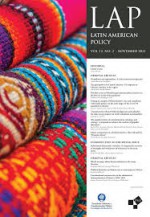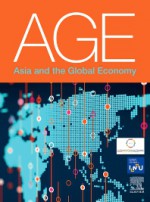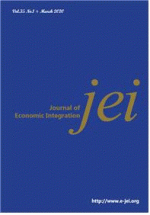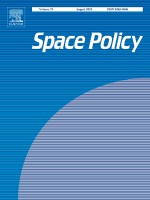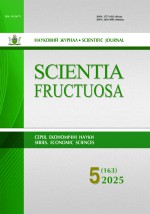Evaluating Accession Decisions in Customs Unions: A Dynamic Machine Learning Approach
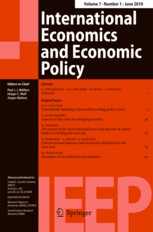
This is an open-access article.
Previous work in the literature on regional economic integration has proposed the use of machine learning algorithms to evaluate the composition of customs unions, specifically, to estimate the degree to which customs unions match “natural markets” arising from trade flow data or appear to be driven by other factors such as political considerations. This paper expands upon the static approaches used in previous studies to develop a dynamic framework that allows to evaluate not only the composition of customs unions at a given point in time, but also changes in the composition over time resulting from accessions of new member states. We then apply the dynamic algorithm to evaluate the evolution of the global landscape of customs unions using data on bilateral trade flows of 200 countries from 1958 to 2018. A key finding is that there is considerable variation across different accession rounds of the European Union as to the extent to which these are aligned with the structure of “natural markets,” with some accession rounds following more strongly a commercial logic than others. Similar results are also found for other customs unions in the world, complementing the insights obtained from static analyses.

